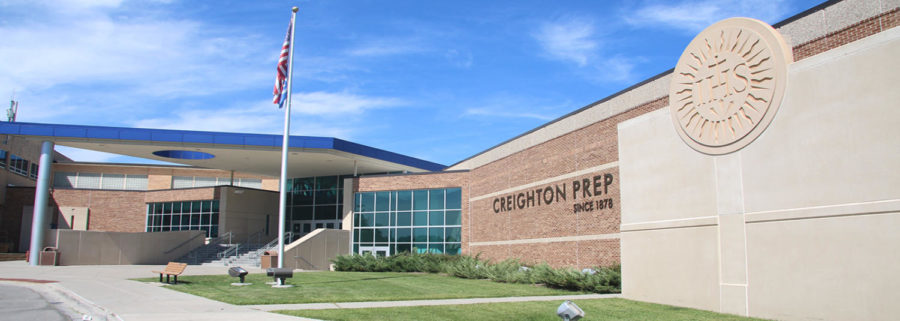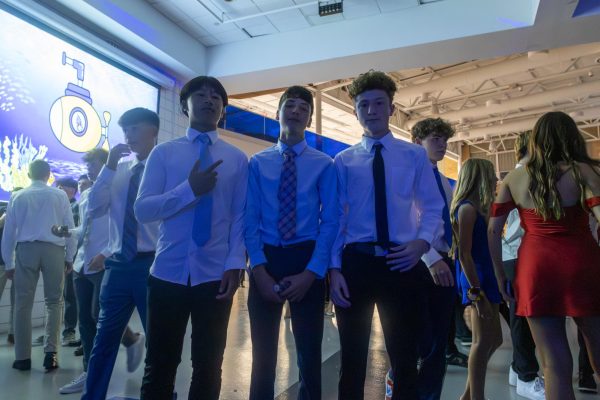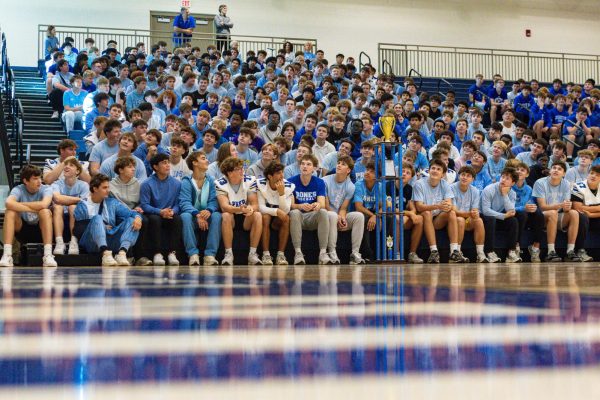Lockdown vs. Lockout
November 25, 2019
In today’s atmosphere, there can be a lot of threats to the safety of high school students. Luckily, many high schools have plans in place to mitigate the danger, and keep their students safe. Mr. Sterling Brown, the Dean of Students at Creighton Prep, discussed Prep’s two main plans in case of an emergency. The two main plans are: lockdowns and lockouts.
“When we go on lockdown, we have a situation at the school or a surrounding community member…that causes an immediate danger to the students, faculty, and staff here in the school,” Brown said.
During a lockdown situation, Brown says, the students have to follow certain procedures to remain safe.
“Students must remain in their classrooms at all times, no one can be in the hallway. The lights go off, the students go out of the way of the windows, and get in a part of the room where you can’t be seen.”
The main idea of a lockdown is to keep all the students not just safe, but calm as well.
“Most lockdowns occur when there is a threat on the inside of the school,” Brown said. The administration wants to make sure that those types of threats cannot harm the students or staff.
Lockouts, on the other hand, are a different story.
“A lock out is something that’s happening around the community…or a situation where there’s a potential danger to the school, and that we haven’t had the opportunity to confirm yet,” Brown said.
There would often be a police presence in and around the school during a lockout situation.
“Most of the decisions we make, comes with coordination with the police. They guide us in saying that we should lockout. The police are extremely involved in lockouts by protecting the school, and the perimeter of the school, and we also have the police in the school during these situations,” Brown said.
In a lockout students still attend their classes as usual, and go about their normal day.
“Students go about their day as usual…we’re just going to keep any external danger from coming inside the school,” Brown said.
However, this means that no one can either enter or leave the school, even if the lockout period stretches past dismissal times. Though activities inside the school could go on as normal, such as sports and clubs.
“Students would stay in the final period or class that you’re in,” Brown said.





